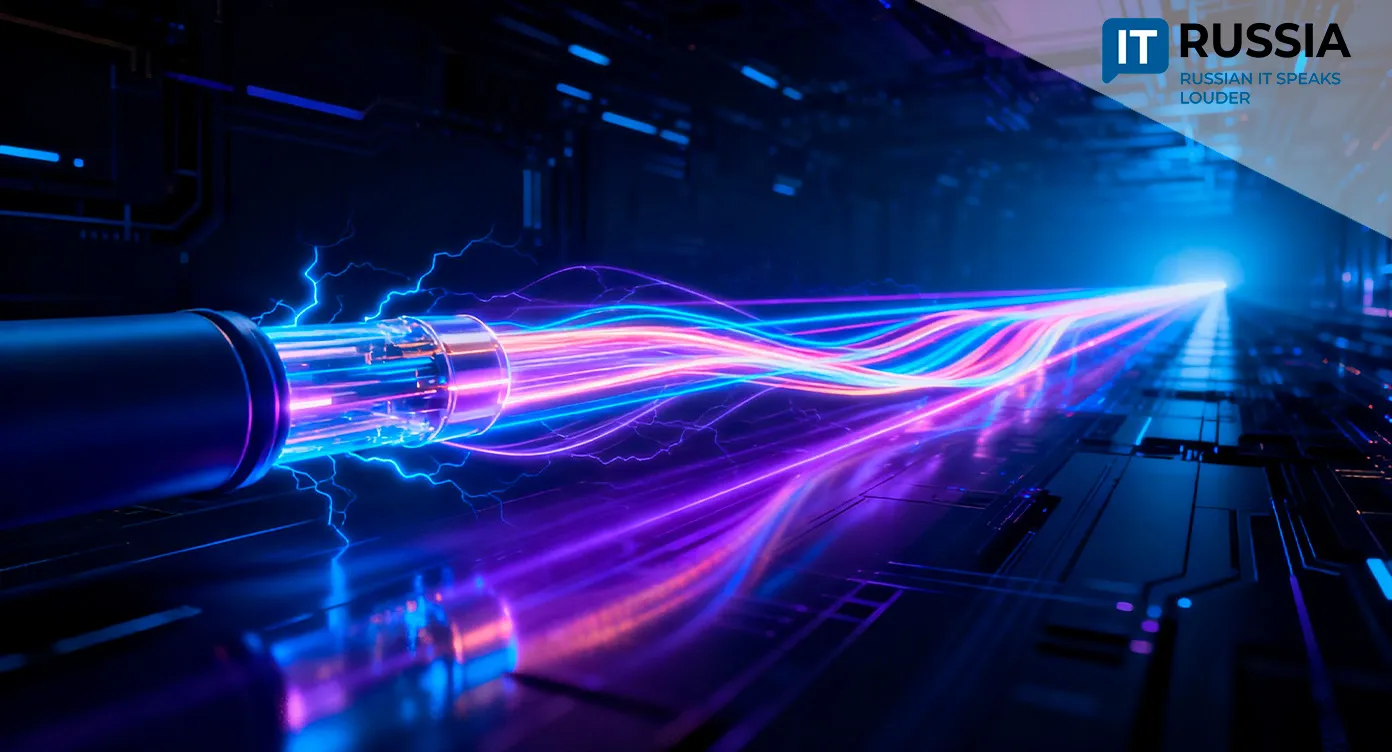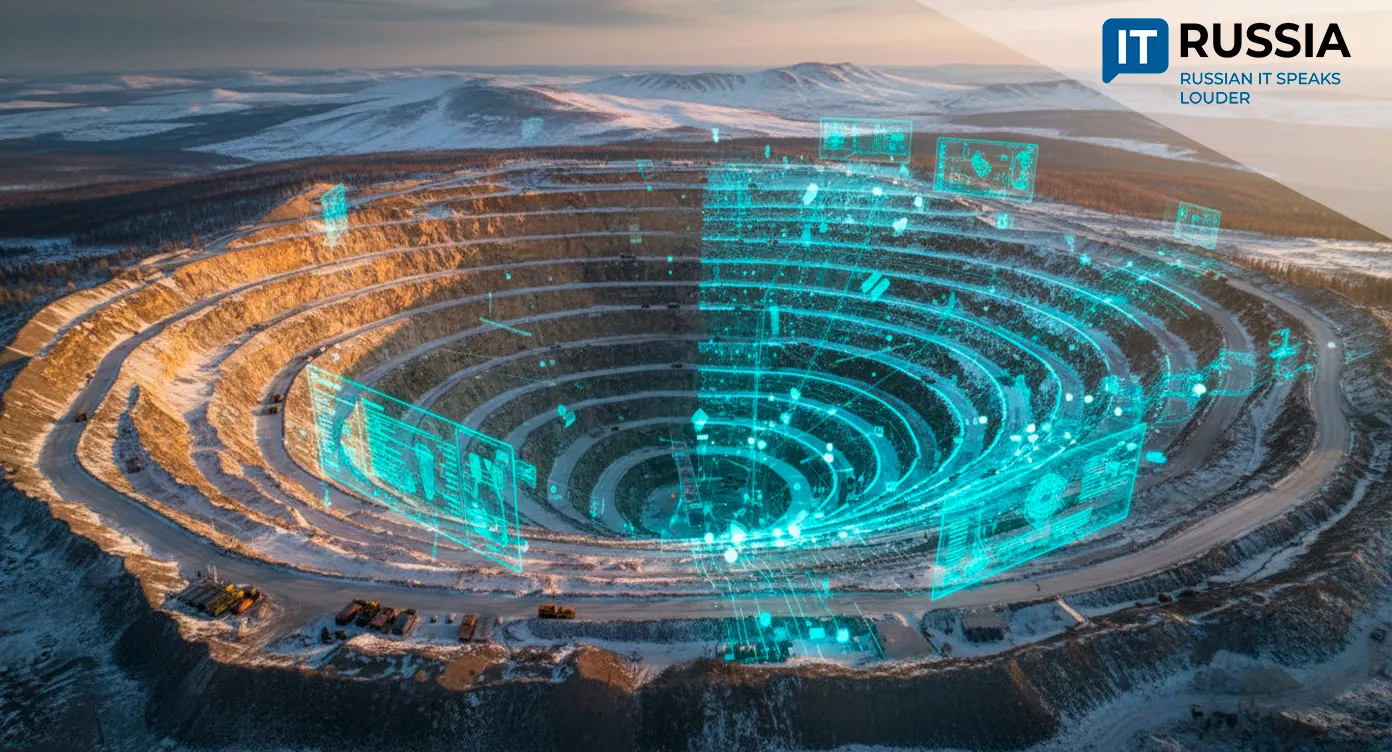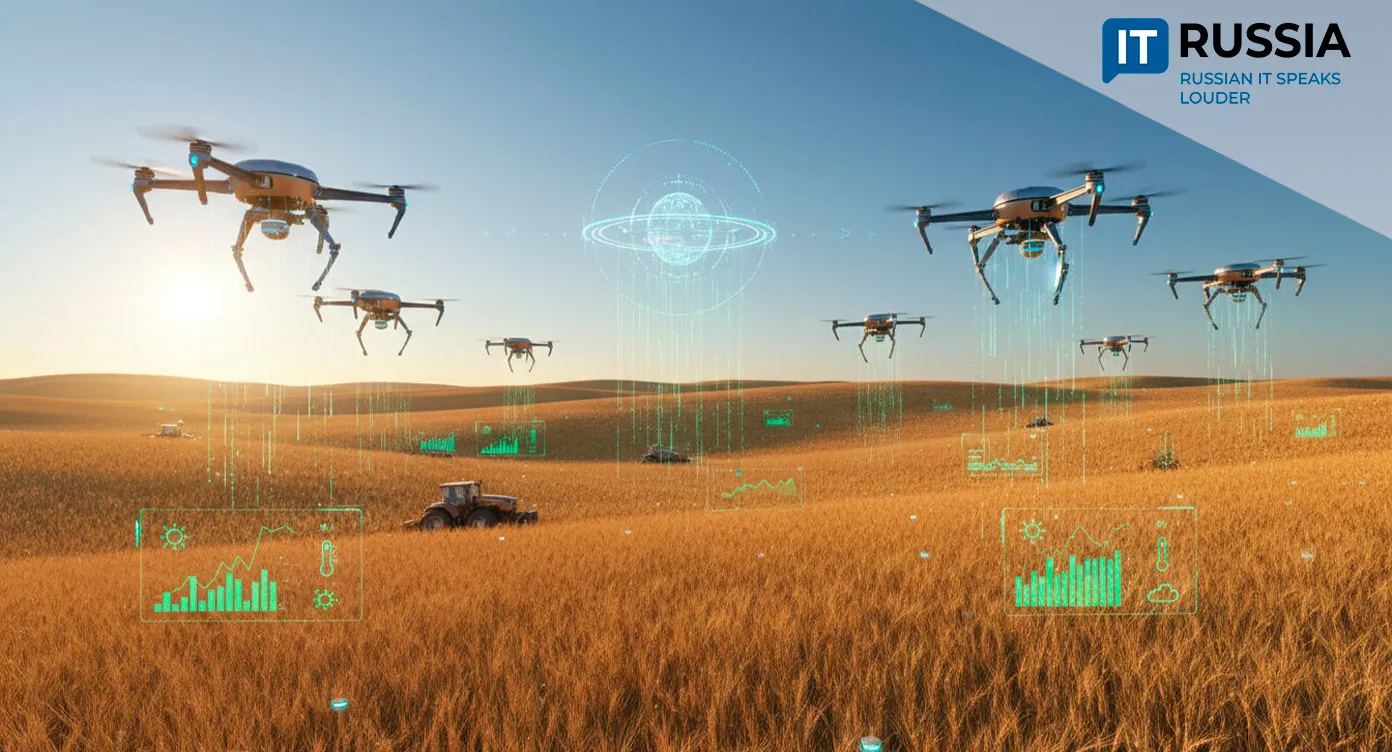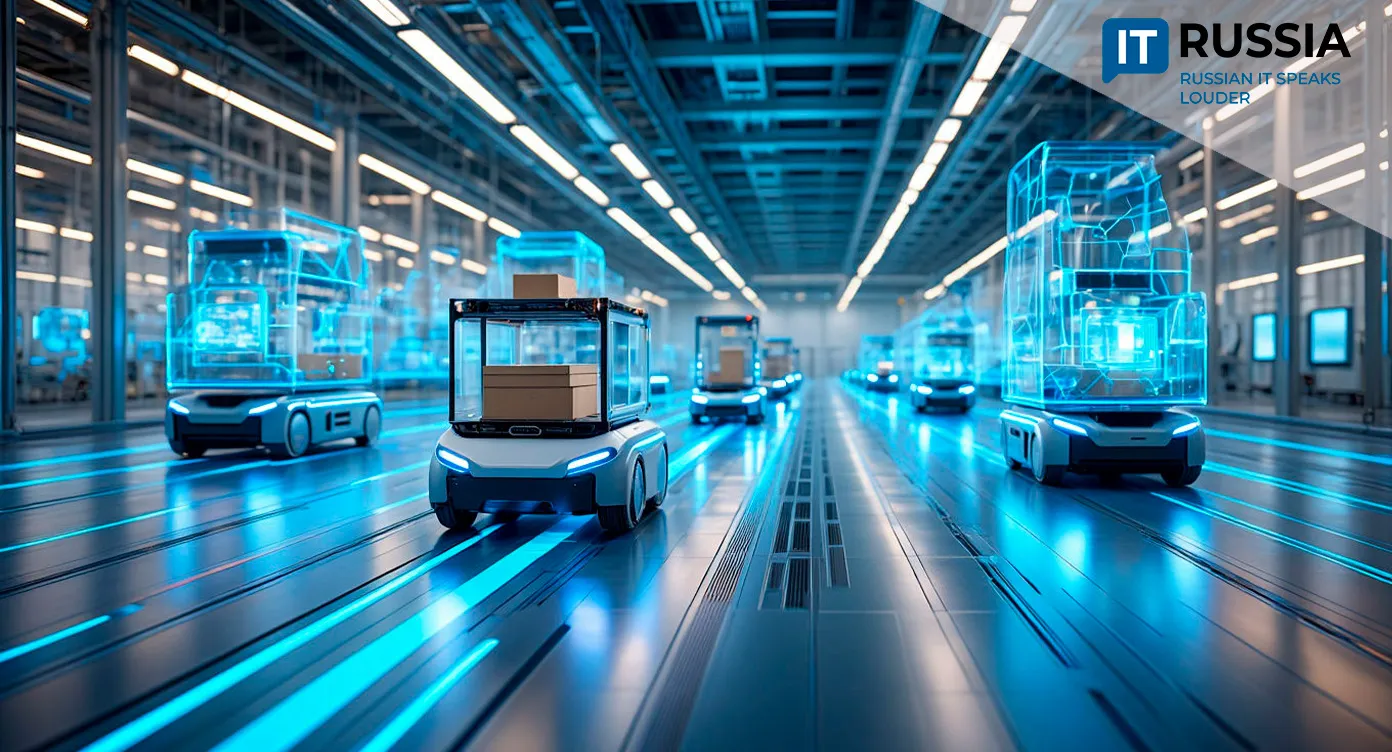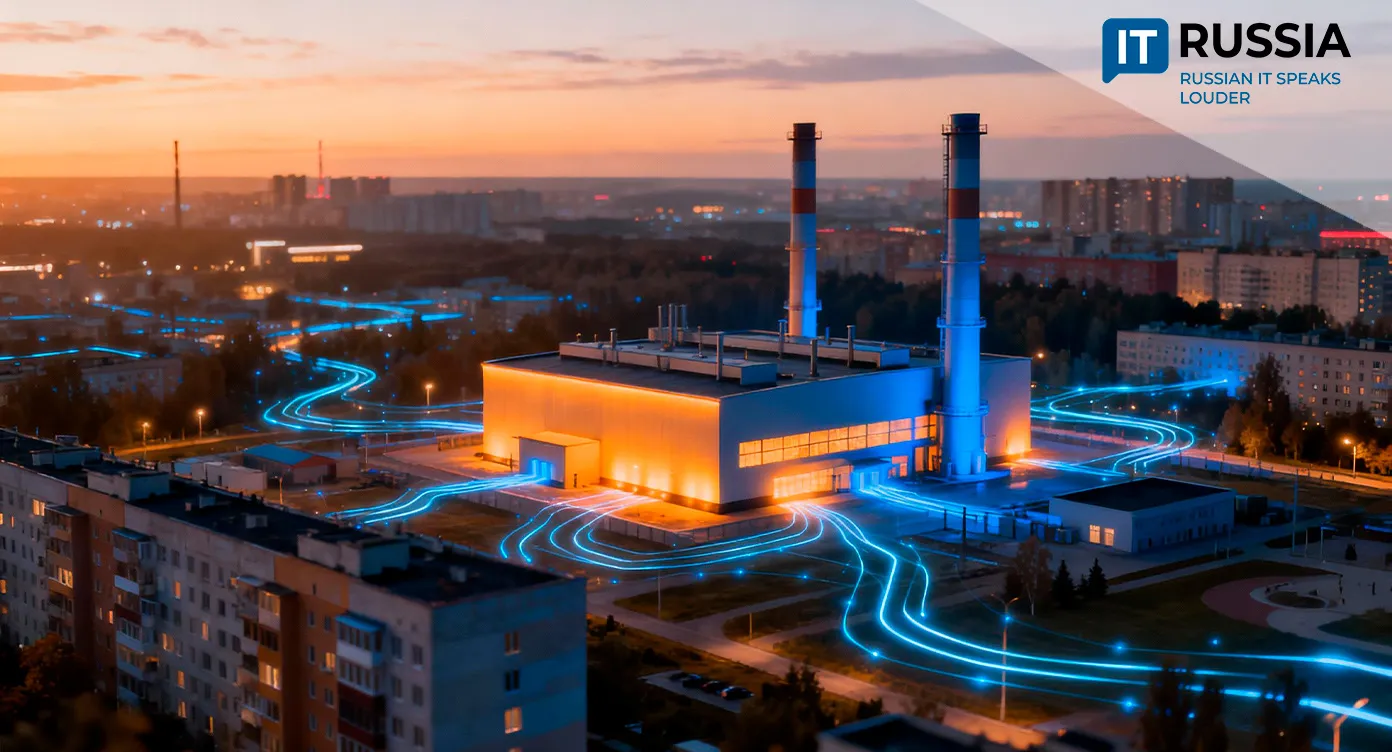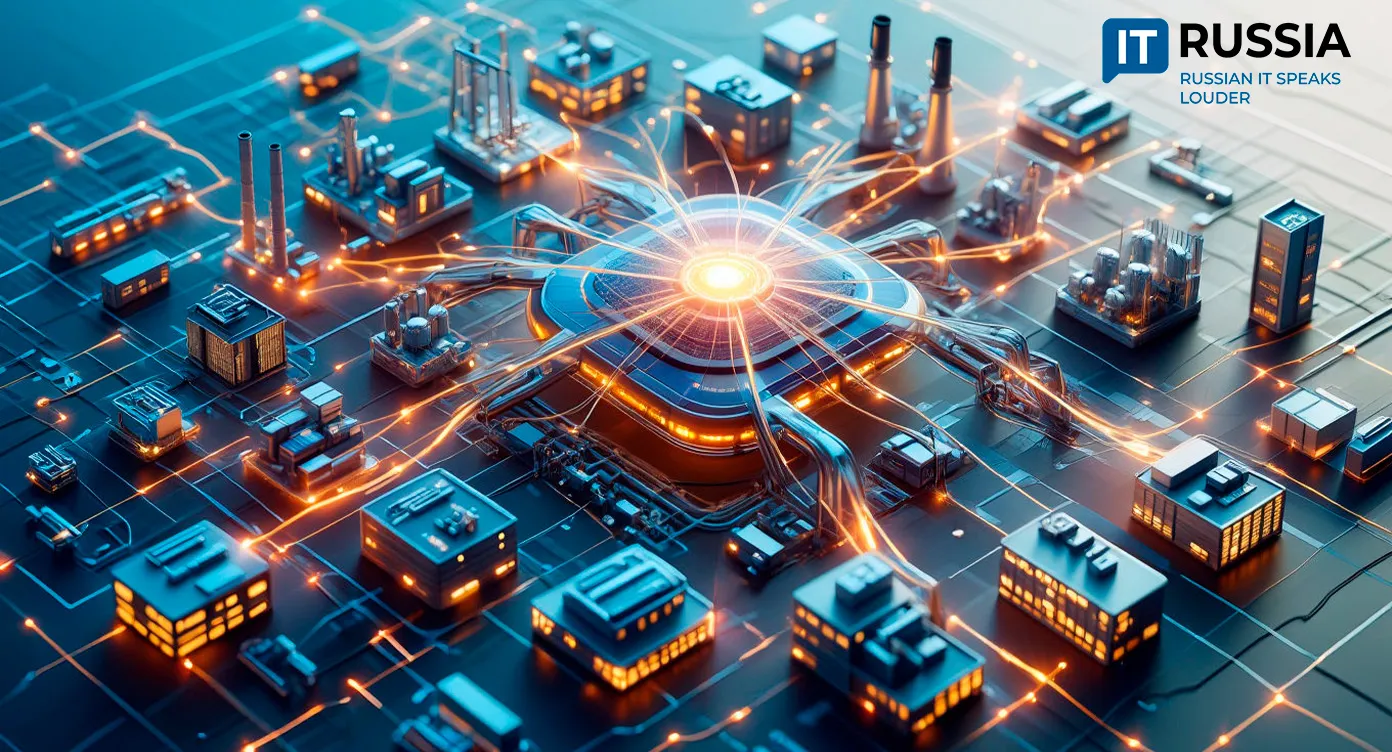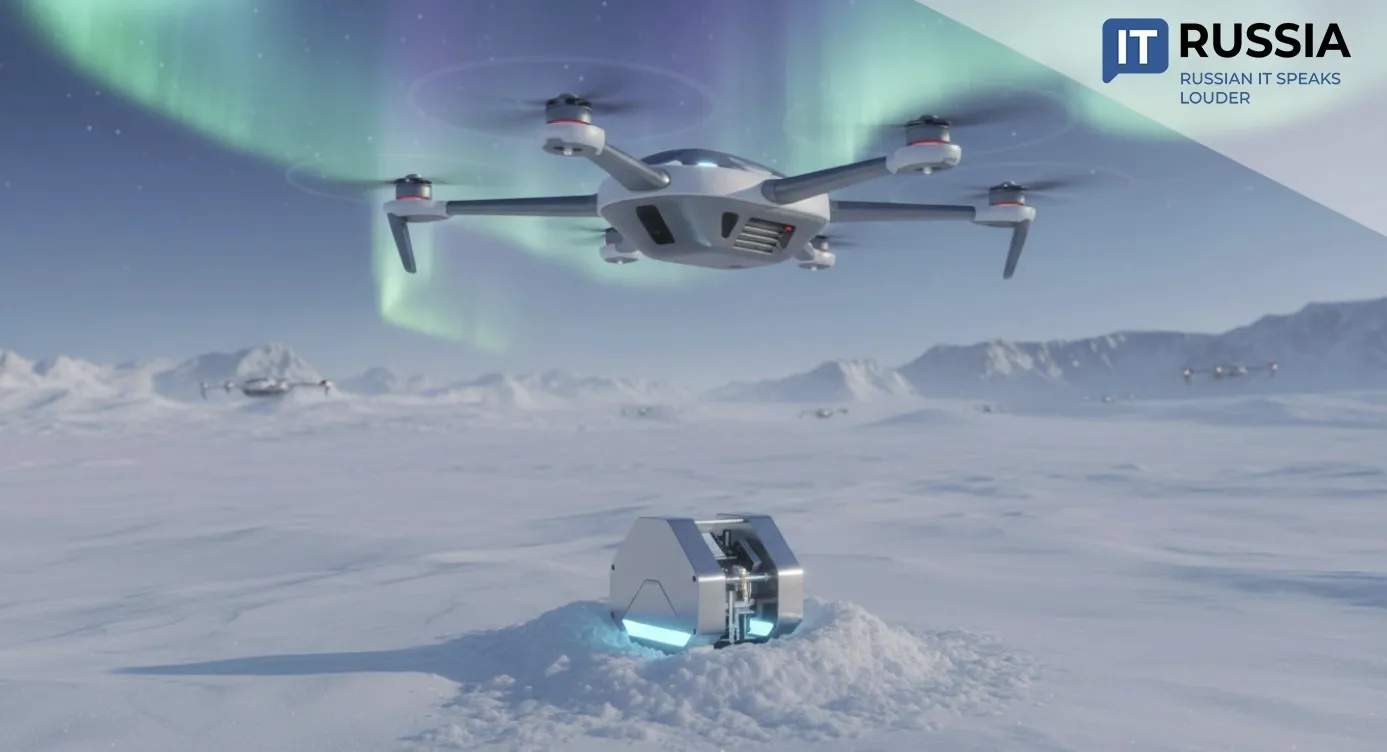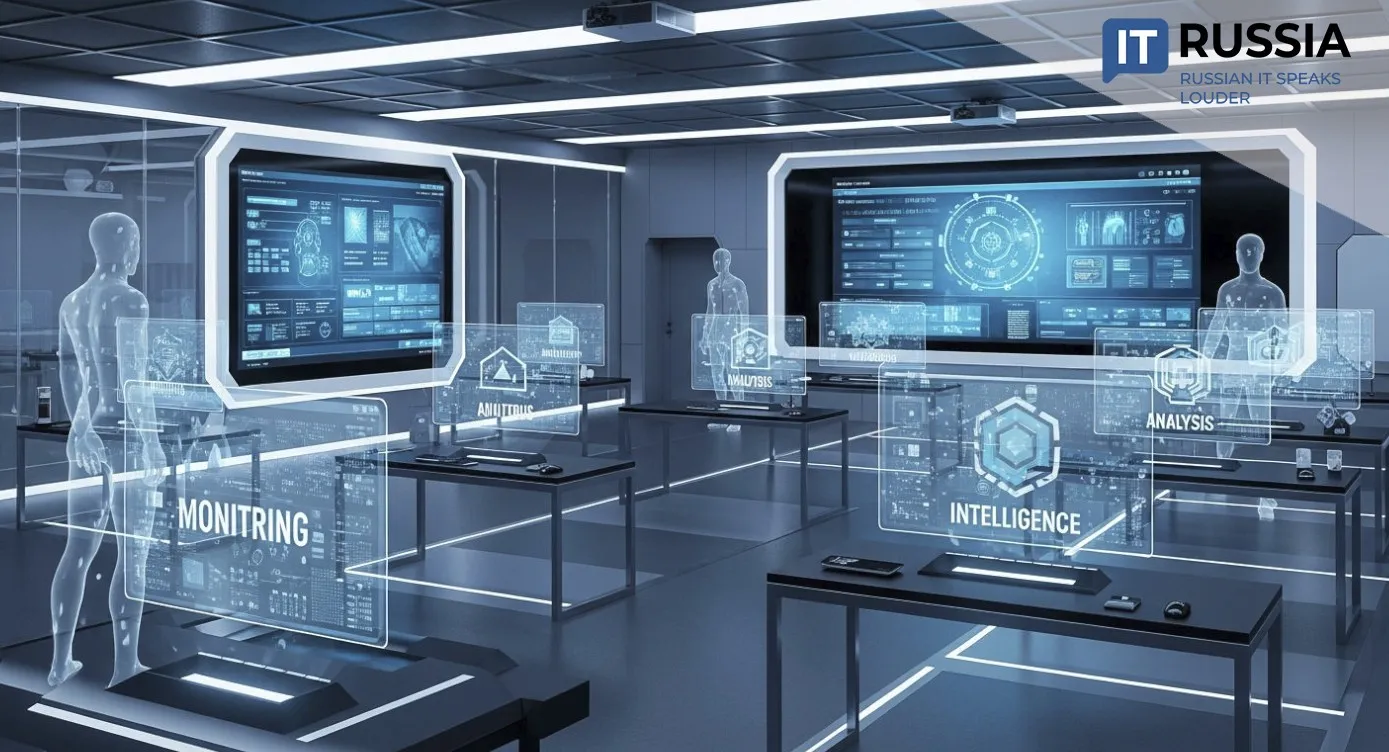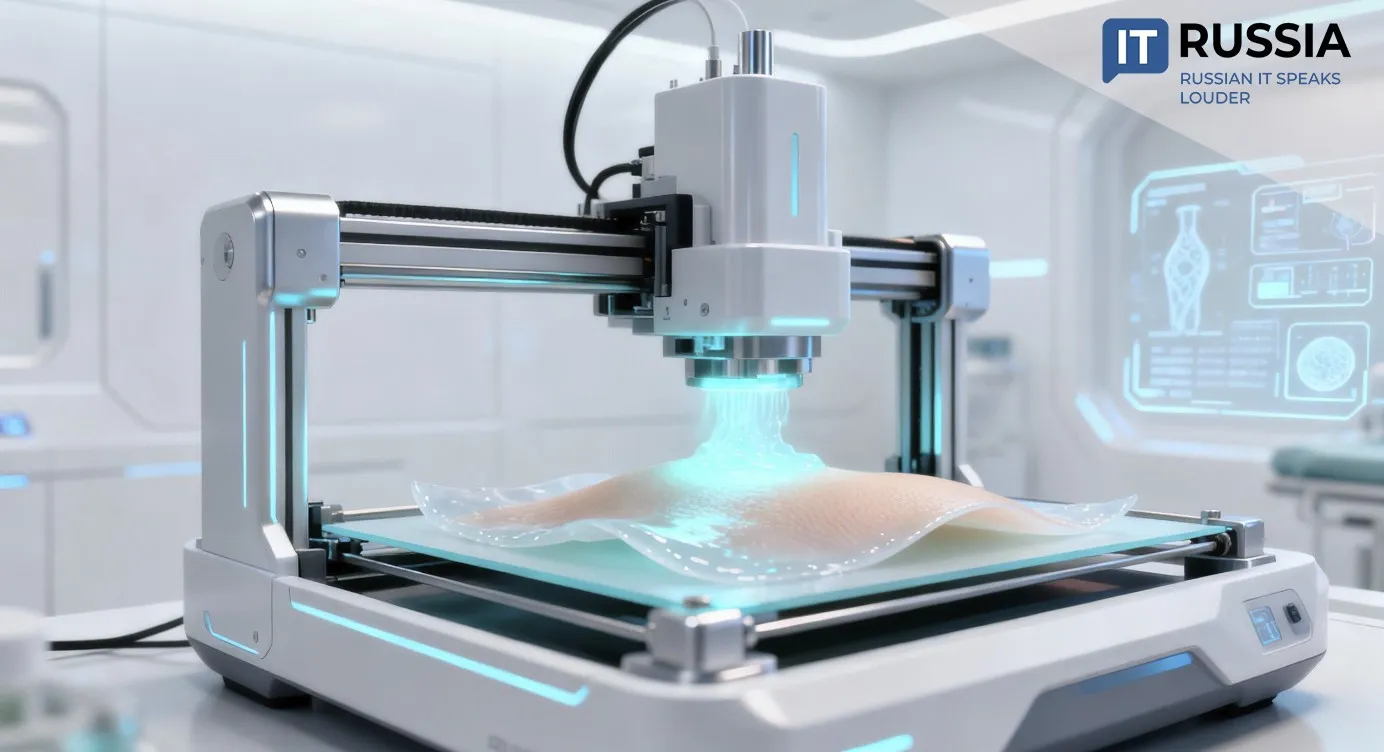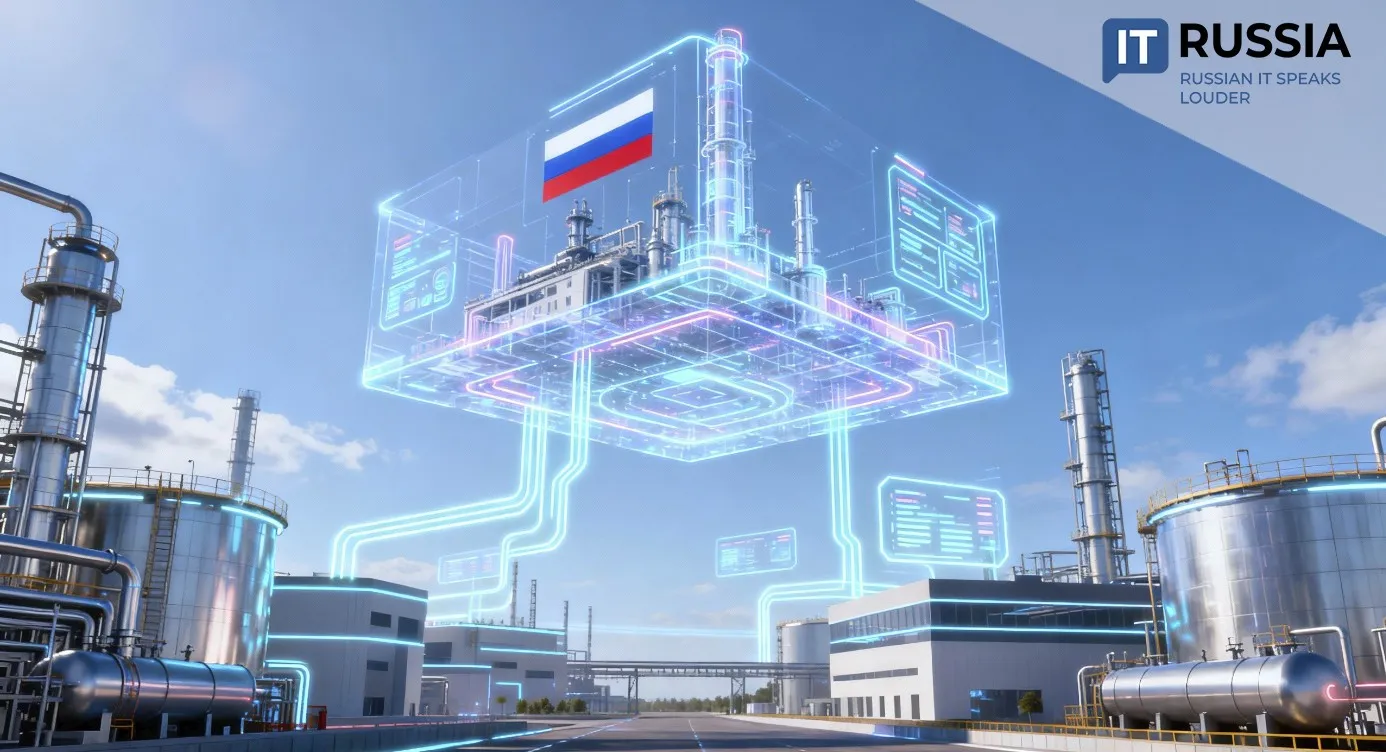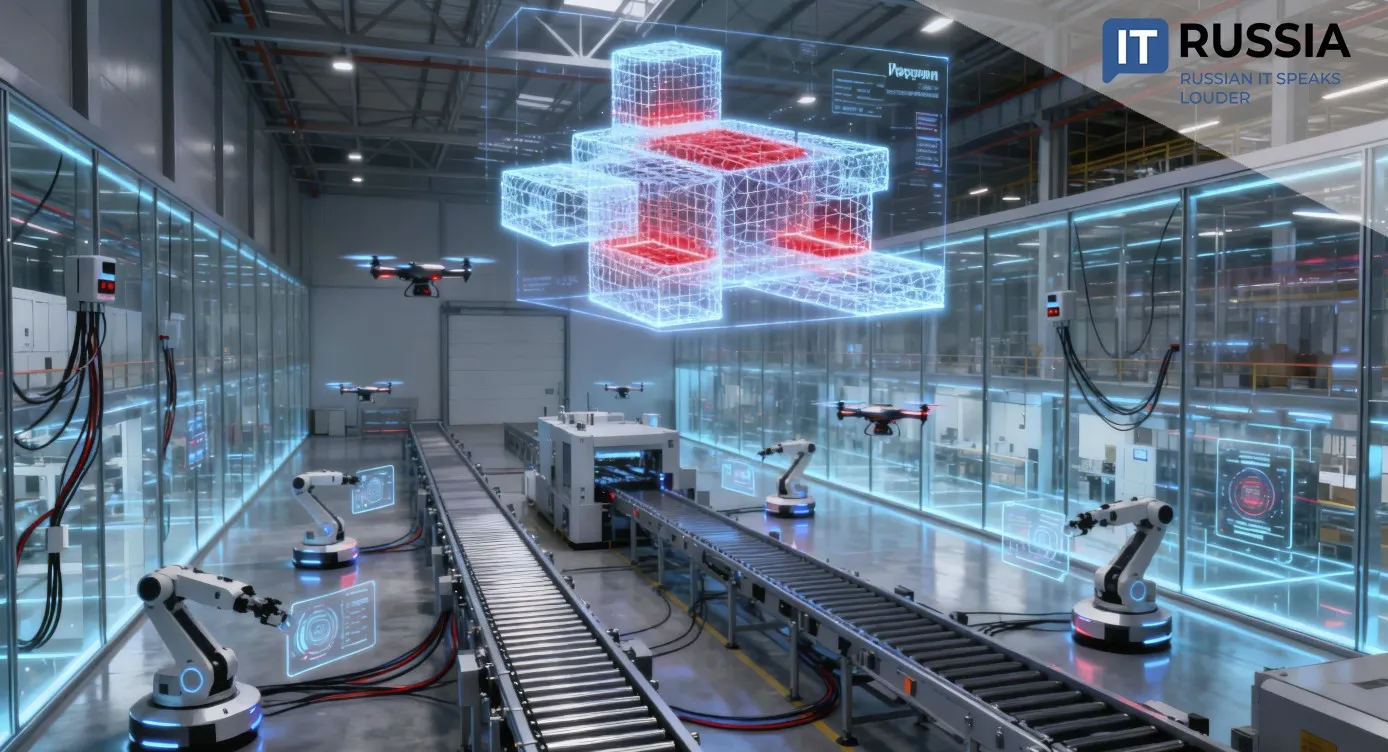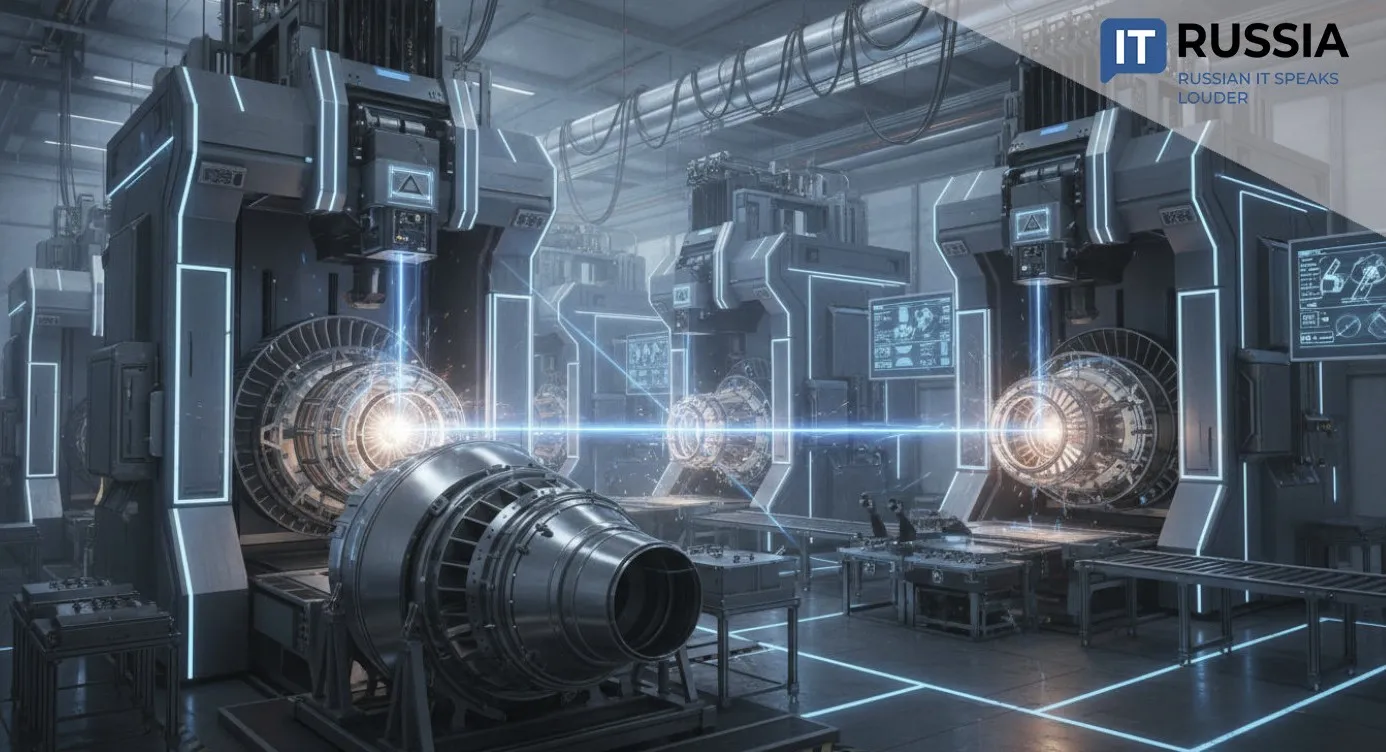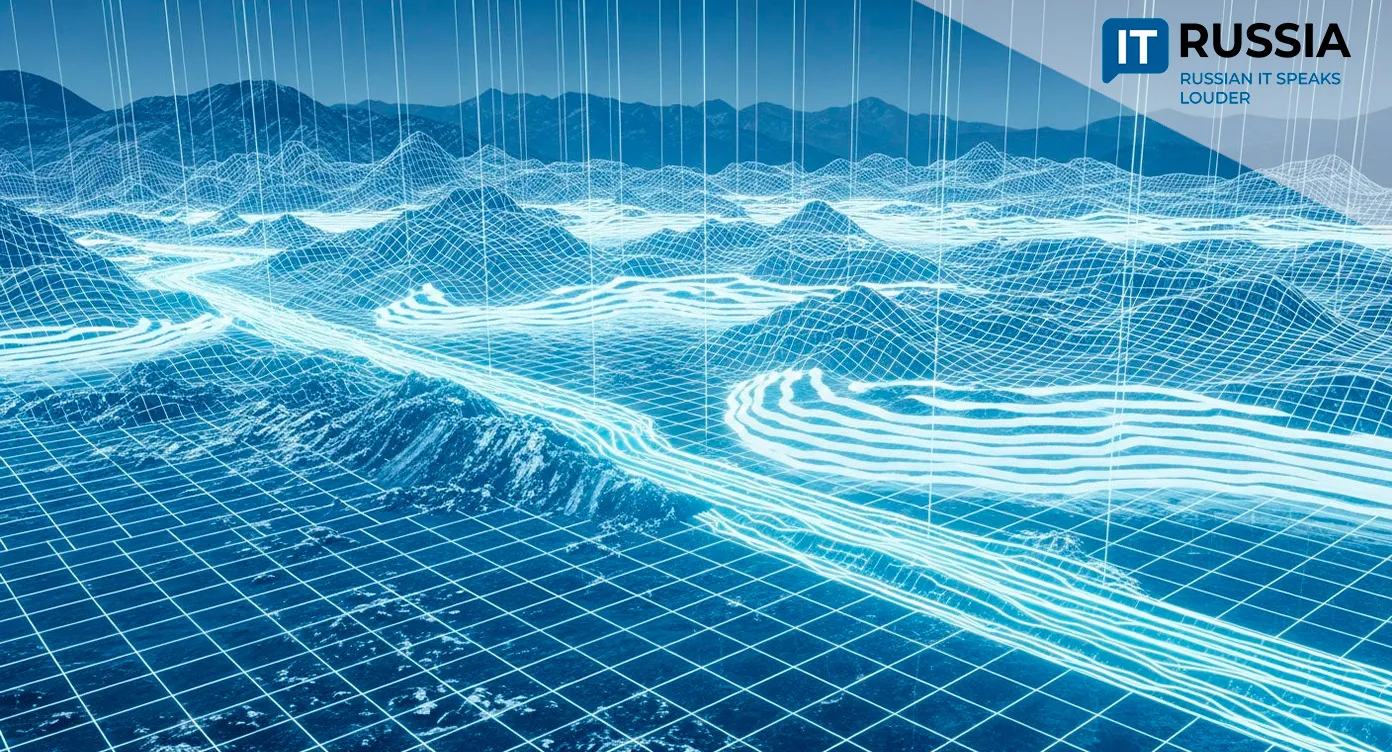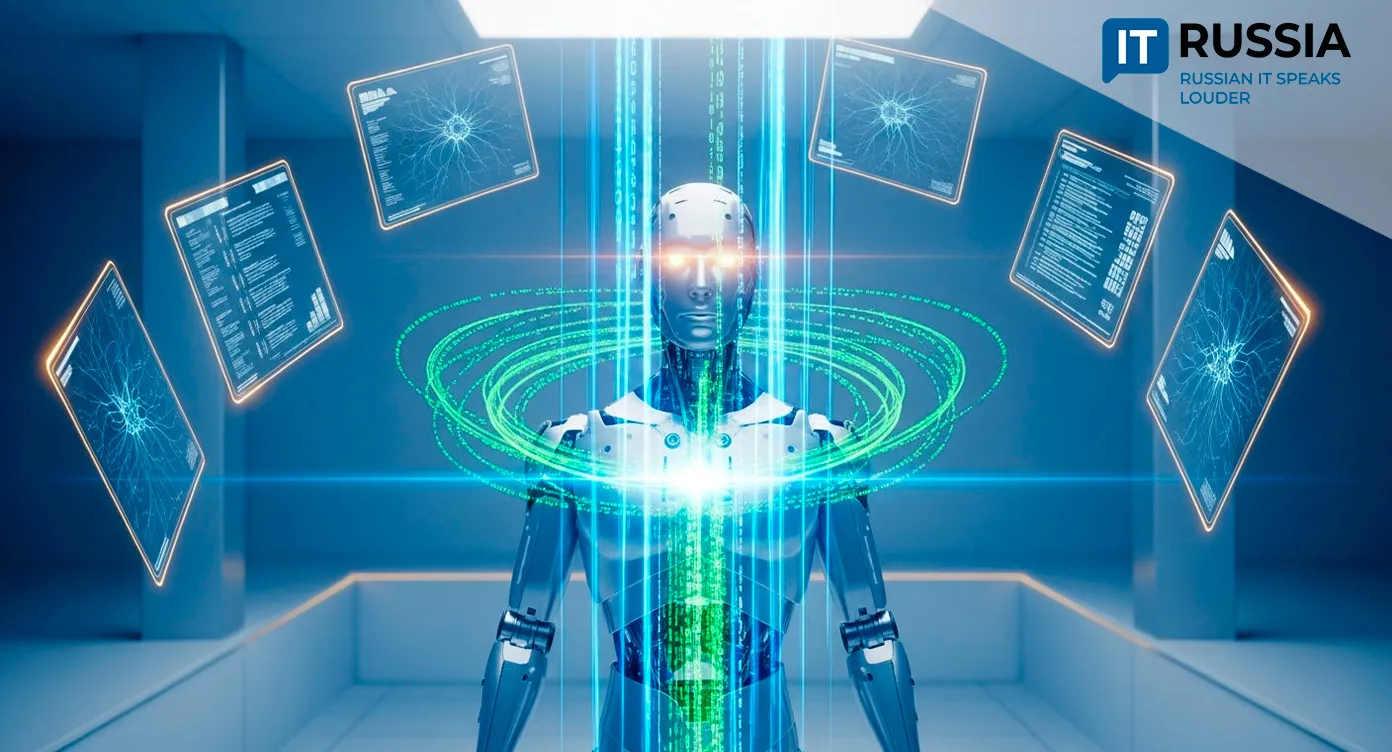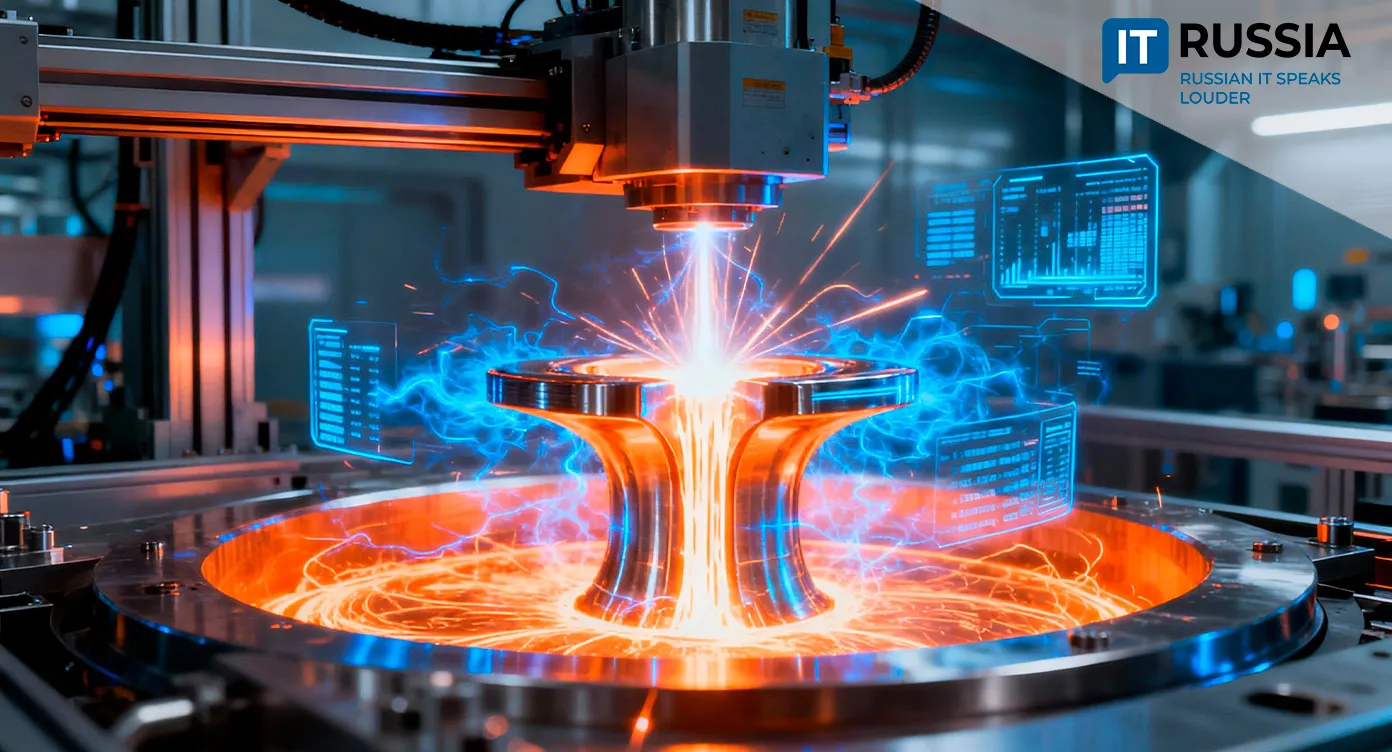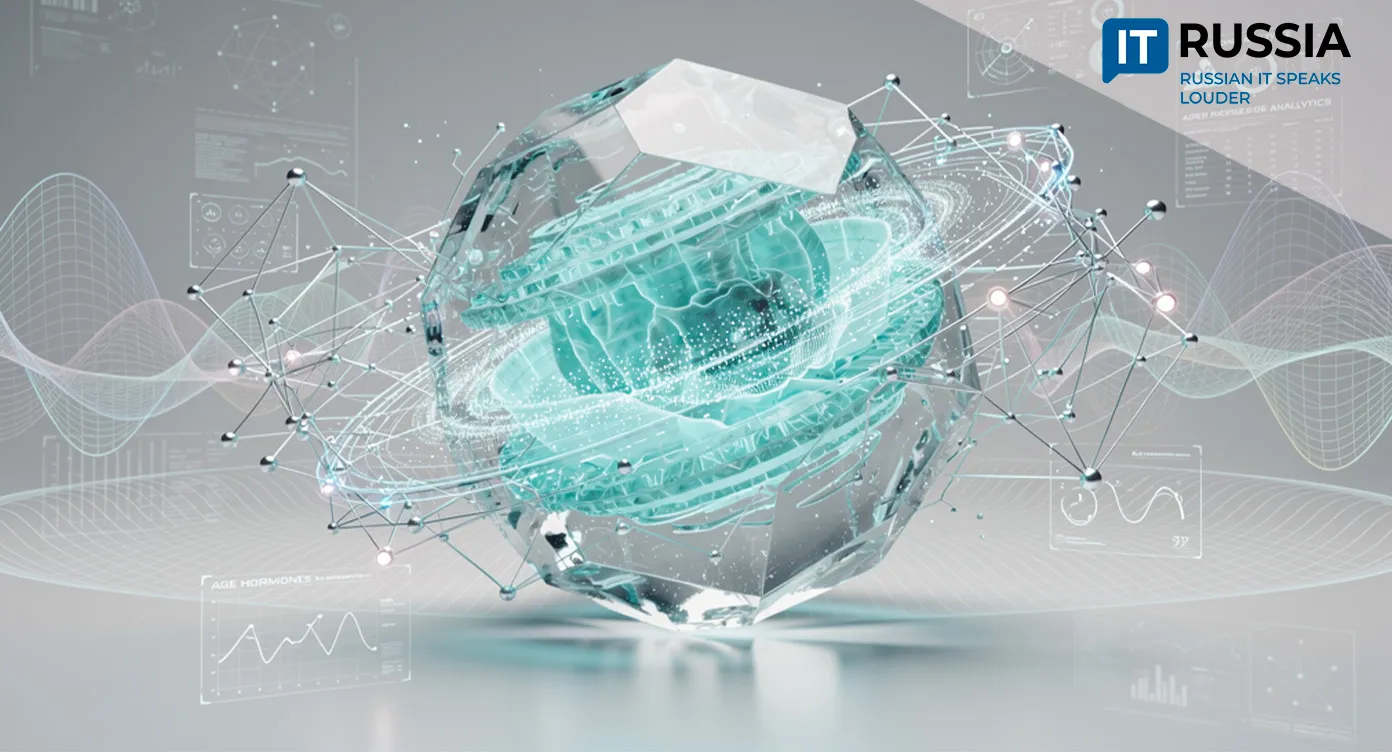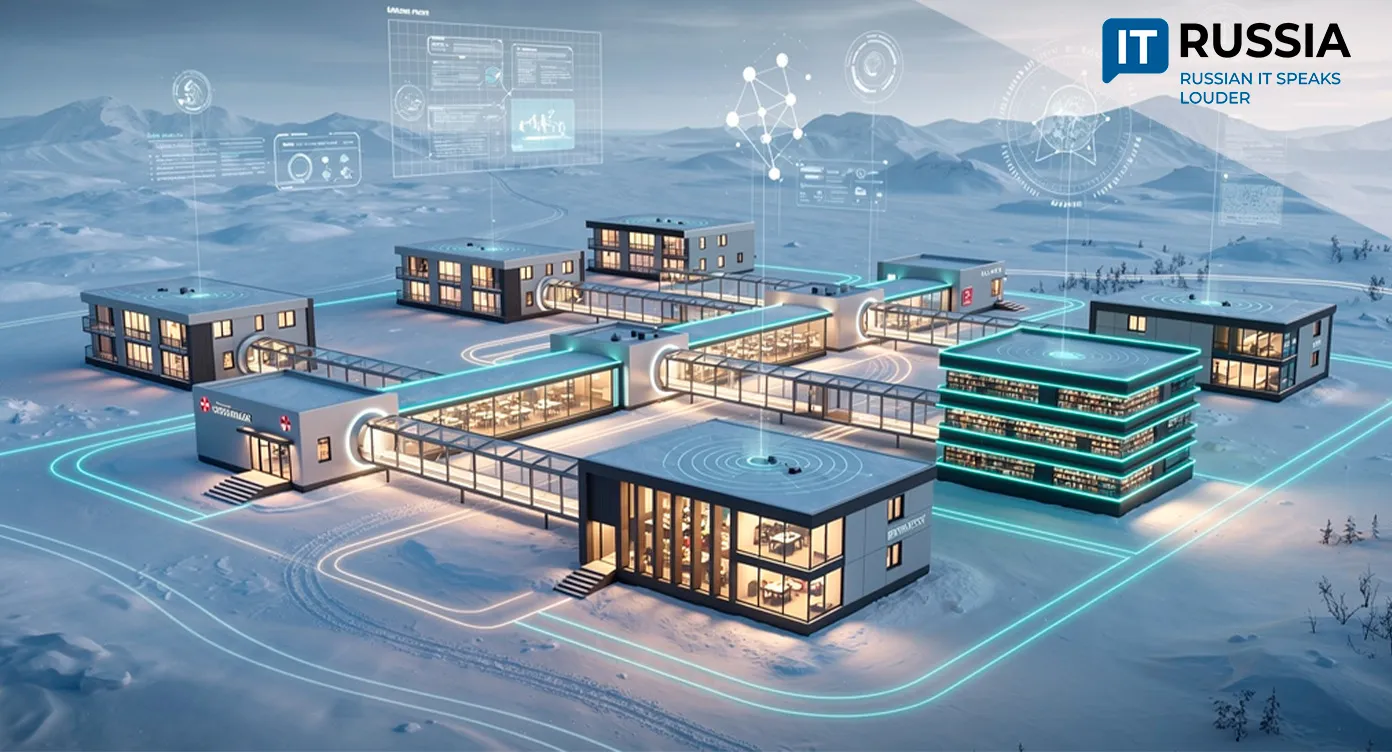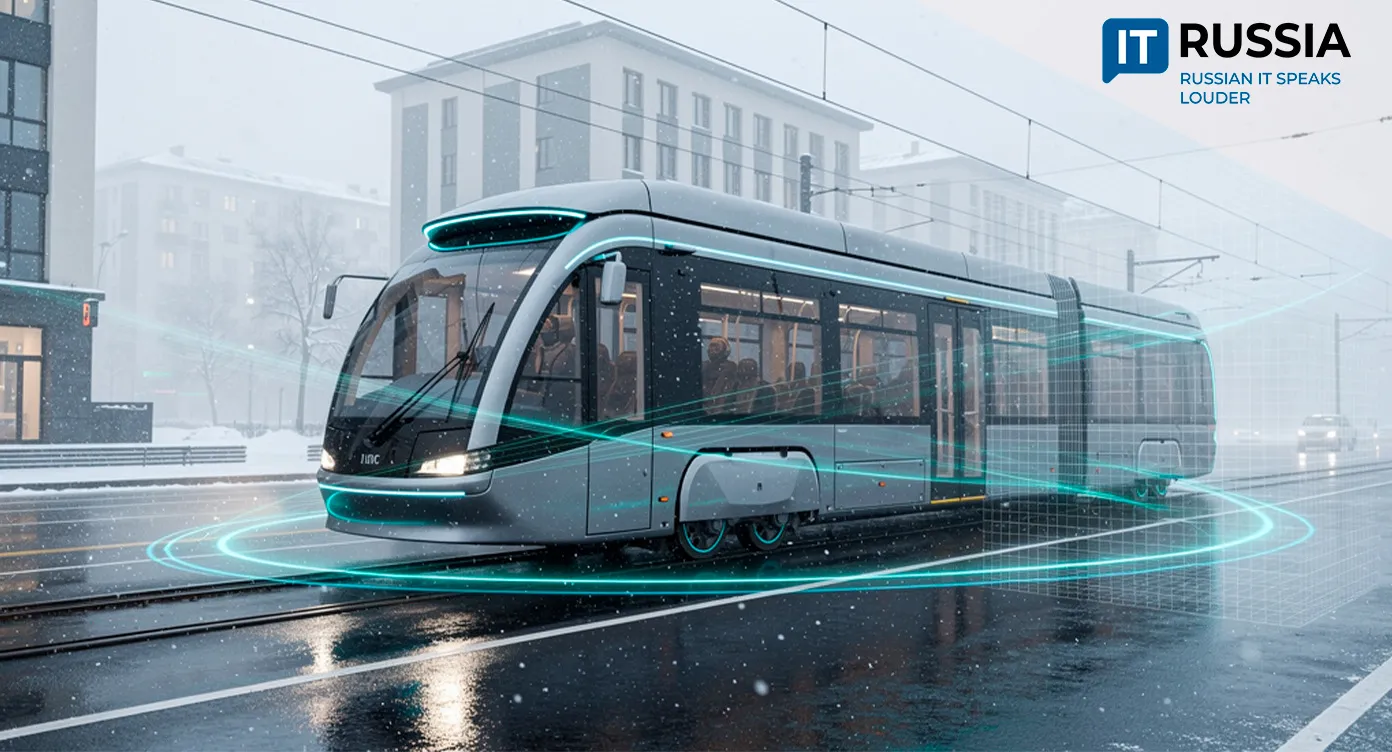Russia Develops the Train of the Future
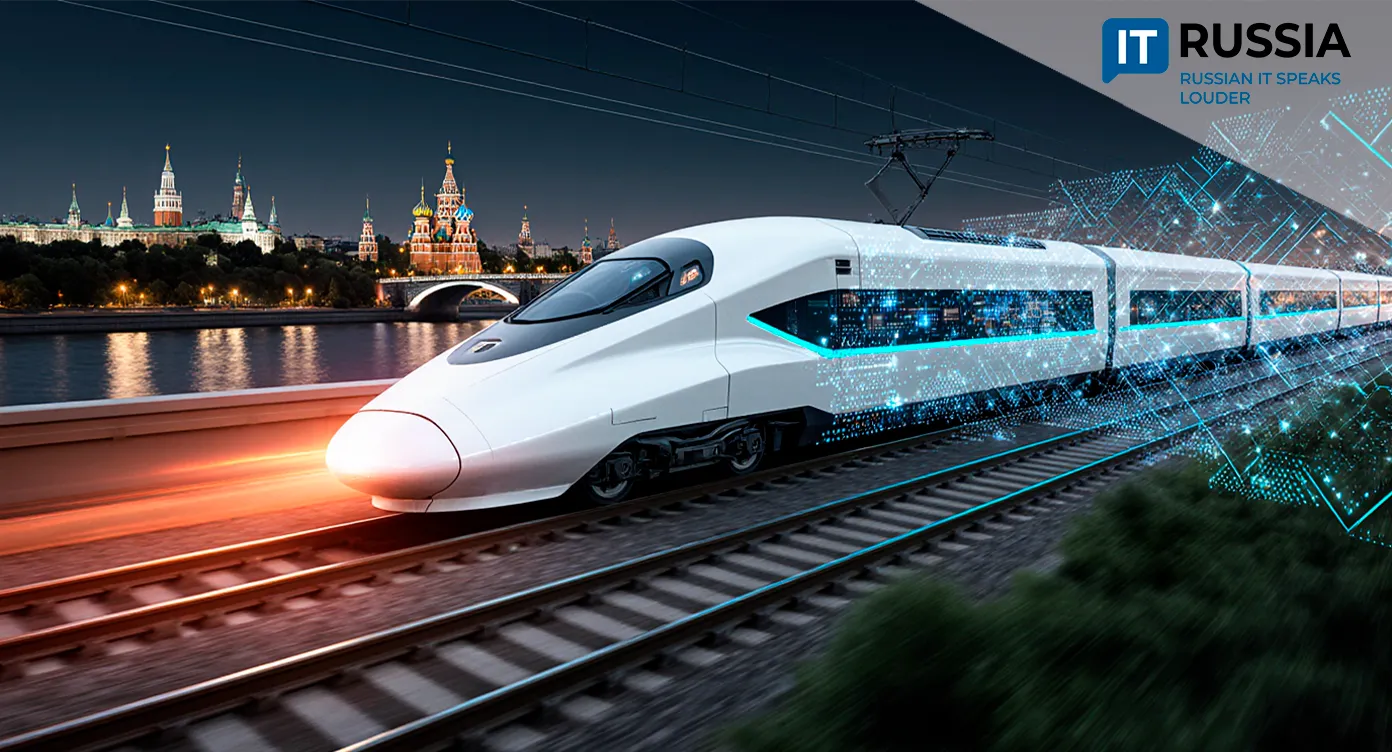
Russian Railways has unveiled plans for the country’s first driverless high-speed train, powered by artificial intelligence and designed to transform passenger transport.
Technological Breakthrough: Fourth Level of Automation
The Russian driverless train project is a bold leap straight to the fourth level of automation—complete absence of a driver on board, with control handled by artificial intelligence. The auto-driving system not only selects the most energy-efficient travel mode but also provides technical vision to operate in fully autonomous mode. According to CEO Oleg Belozerov, more than 20% of the new engineering solutions have already been tested and are ready for use.
The AI-powered train, capable of reaching speeds of up to 400 km/h (248 mph), will serve as the centerpiece of the Moscow–St. Petersburg high-speed rail line, scheduled to open in 2028. Assembly of the first train, named “White Falcon,” will begin in the coming days. This milestone marks Russia’s entry into a new era of automated rail transport and could make the country one of the first in the world to operate AI-driven high-speed trains.
The significance of this project is difficult to overestimate. It has the potential to radically improve the safety, efficiency, and attractiveness of passenger rail service, minimizing human error. Around 150 Russian enterprises are involved, providing a powerful boost to domestic technology in automation and control systems. AI-driven cost optimization may also lower ticket prices, while enhanced safety through the elimination of human error offers a major competitive advantage for Russia’s transport system.
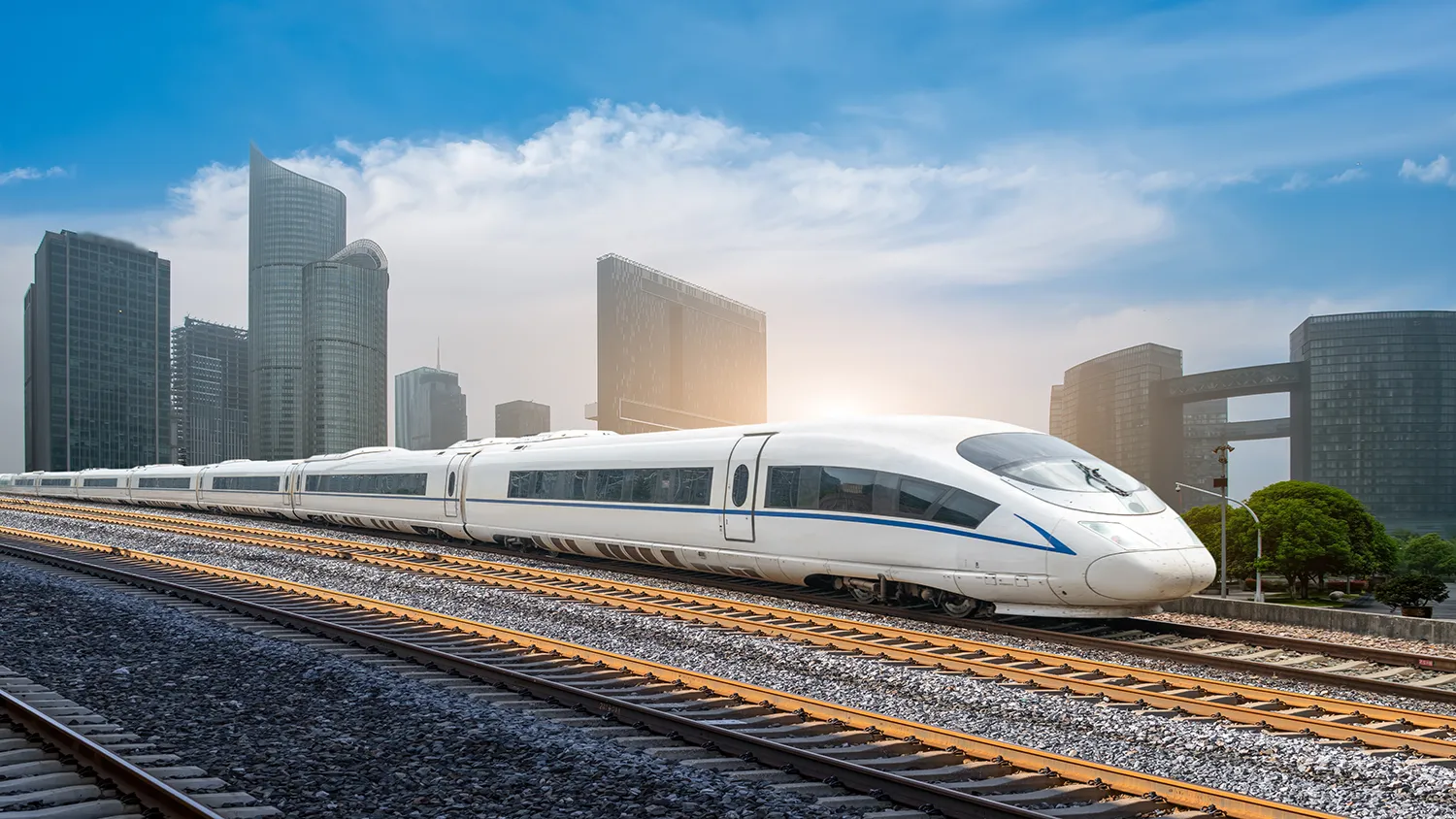
Export Ambitions and Domestic Prospects
The successful deployment of an AI-driven train opens major export opportunities for Russia. The country already has international collaboration experience: under the UN ESCAP Moscow Declaration, 15 Asia-Pacific nations agreed to accelerate digital transformation of rail transport.
Domestically, the project stimulates the creation of an entire ecosystem of Russian technologies. Two advanced engineering schools have been established to support the high-speed rail initiative, and, according to Transport Minister Andrey Nikitin, the project will drive broader innovation across the rail industry. Production of key components has already been localized. The project is closely tied to the Moscow–St. Petersburg high-speed rail, combining infrastructure development with intelligent management systems. The first trials are planned for fall 2027 on the Zelenograd–Tver test track, with passenger volumes on the line projected to reach 23 million annually by 2030.

Global Evolution of Driverless Rail Technologies
Driverless rail technologies have been in development since 1957, when the first experimental auto-control system for commuter trains was introduced. Today’s industry leaders are moving rapidly toward higher levels of automation. In Japan, JR East successfully tested autopilot on a Shinkansen E7 train in 2025, running a 5 km (3.1 mile) section under computer control at speeds of up to 100 km/h (62 mph).
China has become a pioneer in fully automated high-speed rail. Developed by the Chinese Academy of Railway Sciences, the ATO control system allows trains to depart stations, travel routes, and adjust speed to stay precisely on schedule. The new Fuxing trains, capable of 350 km/h (217 mph), will be equipped with autopilot for the Beijing–Shanghai line.
Over the past five years, Russia has undergone a radical digital transformation of its railway industry. By 2025, more than 50 digital projects across six business areas are expected to be completed, built on eight digital platforms. Thousands of Russian locomotives are already equipped with second-level auto-driving systems, ensuring energy-optimized traction and braking.

The Future of Russian Railways in the AI Era
The creation of a driverless train for the high-speed rail marks a key technological milestone for Russian railways and the start of a new era of automated transport. Russian Railways has a unique opportunity to modernize the national rail system by leveraging artificial intelligence, boosting both efficiency and safety. Welding of the first train is set to begin in September 2025, with interior design expected to be approved by year’s end.
The decisive year will be 2027, when the first test runs will take place on the Zelenograd–Tver route, determining readiness for commercial operation. Subsequent years will see gradual adoption of AI-driven trains and expansion of the project to other regions.
Strategically, the project also includes export potential under initiatives such as the North–South transport corridor. If successful, Russia could become one of the global leaders in AI-operated high-speed rail, opening new opportunities for technology export and strengthening its position in the global transport innovation market.



